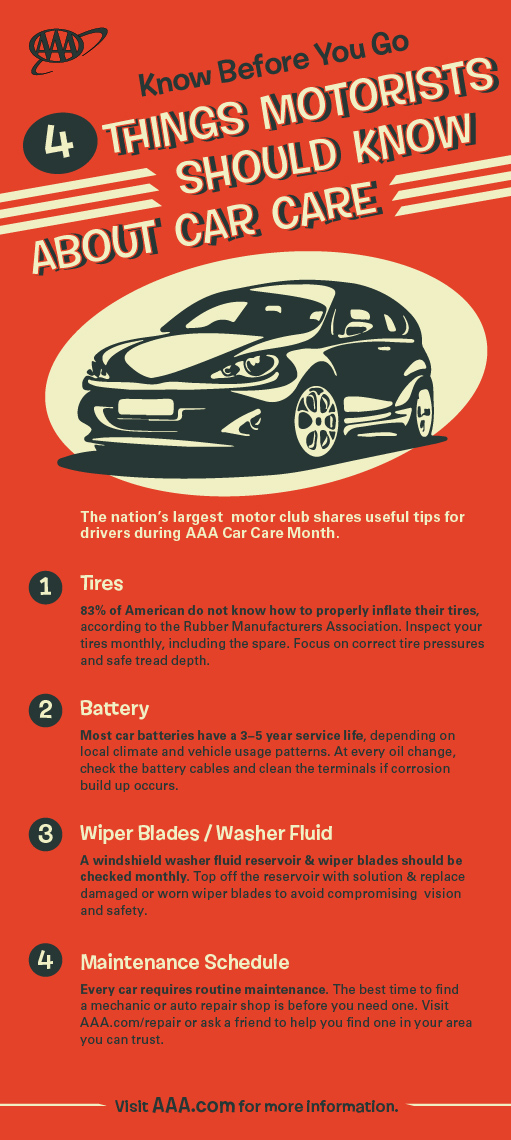Open Up The Hood To Investigate Typical Brake System Faults And Their Options
Open Up The Hood To Investigate Typical Brake System Faults And Their Options
Blog Article
Web Content Author-Sharma Dean
When it pertains to your lorry's brake system, recognizing usual problems can conserve you from prospective safety and security dangers. From determining brake pad wear to addressing brake liquid leaks, understanding just how to take on these problems is essential. Yet what concerning those spongy brake pedals? There's kaimuki auto repair for that as well. Remain tuned to get more information about these issues and the functional options that can maintain you securely on the road.
Brake Pad Wear and Substitute
When it comes to keeping your automobile's brake system, one important aspect to keep an eye on is the wear and substitute of brake pads. Brake pads are necessary parts that press against the brake rotors to decrease or quit your car. Over time, these pads wear down as a result of rubbing, calling for regular assessment and substitute to guarantee your brakes work efficiently.
To determine if protech az require replacement, pay attention for shrieking or grinding noises when you apply the brakes. In addition, if your car takes longer to quit or you observe vibrations or pulsations when stopping, it might be time to replace the brake pads.
Ignoring used brake pads can bring about lowered braking efficiency, damage to various other brake parts, or perhaps brake failure.
Replacing brake pads is a relatively uncomplicated procedure for many vehicles. Nonetheless, if you're unclear or uneasy executing this job, it's best to seek advice from a specialist mechanic to ensure correct installation and optimum brake efficiency.
Regularly inspecting and replacing brake pads is important for your safety and security and the long life of your vehicle's stopping system.
Brake Liquid Leaks and Maintenance
To ensure your vehicle's brake system operates efficiently, it is essential to additionally take note of brake fluid leakages and upkeep. https://oil-and-filter-change71605.liberty-blog.com/31297389/winterization-tips-getting-your-automobile-all-set-for-cold-weather-driving is critical for sending the force from your foot on the brake pedal to the actual braking device. One usual problem with brake liquid is leaks, which can happen as a result of worn-out brake lines, seals, or connections. If you observe a puddle or trickles under your automobile, it's necessary to attend to the leak promptly to avoid a potential brake failing.
On a regular basis examining your brake fluid level is vital to preserving your brake system. Low brake liquid can lead to air getting in the brake lines, which jeopardizes braking performance.
Additionally, old or contaminated brake fluid can impact the total effectiveness of your brakes. It's recommended to comply with the maker's standards on when to transform the brake fluid, usually every 2 years.
Spongy Brake Pedal: Bleeding Brakes
If you've ever before experienced a squishy brake pedal while driving, you recognize the importance of keeping a company and receptive braking system. One common cause of a squishy brake pedal is air caught in the brake lines. When air goes into the brake system, it can result in a loss of hydraulic pressure, resulting in that disturbing squishy feeling when you press the brake pedal.
To solve this problem, hemorrhaging the brakes is required. Hemorrhaging the brakes includes eliminating the air from the brake lines to recover appropriate hydraulic stress.
To bleed the brakes, you'll require a helper to assist you. Start by situating the brake bleeder valve on each wheel, usually discovered near the brake caliper. With https://driverstrainingnearme51628.dailyhitblog.com/36651032/are-you-trying-to-find-top-notch-car-repair-shops-nearby , loosen the valve and have your helper press the brake pedal while you observe any kind of air bubbles coming out. Repeat this process for each and every wheel, starting from the wheel farthest from the master cylinder and moving more detailed.
Once you no more see air bubbles and only clear liquid arises, tighten up the valve and top up the brake liquid storage tank as required. Hemorrhaging the brakes helps make certain a firm brake pedal and improves total braking performance.
Final thought
Now that you understand typical brake problems and how to repair them, you can ensure your automobile's safety and security and efficiency. Bear in mind to listen for warning signs like screeching sounds or squishy brake pedals, and address them quickly. Routine maintenance and timely replacements are crucial to maintaining your brakes in leading condition. Remain positive and attentive to your brake system to delight in safe and trustworthy driving experiences.
